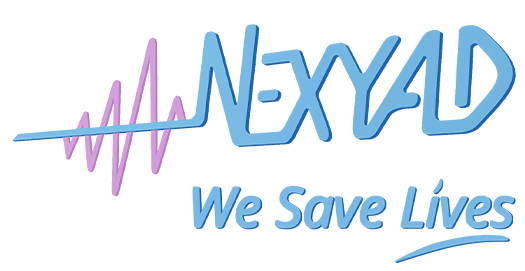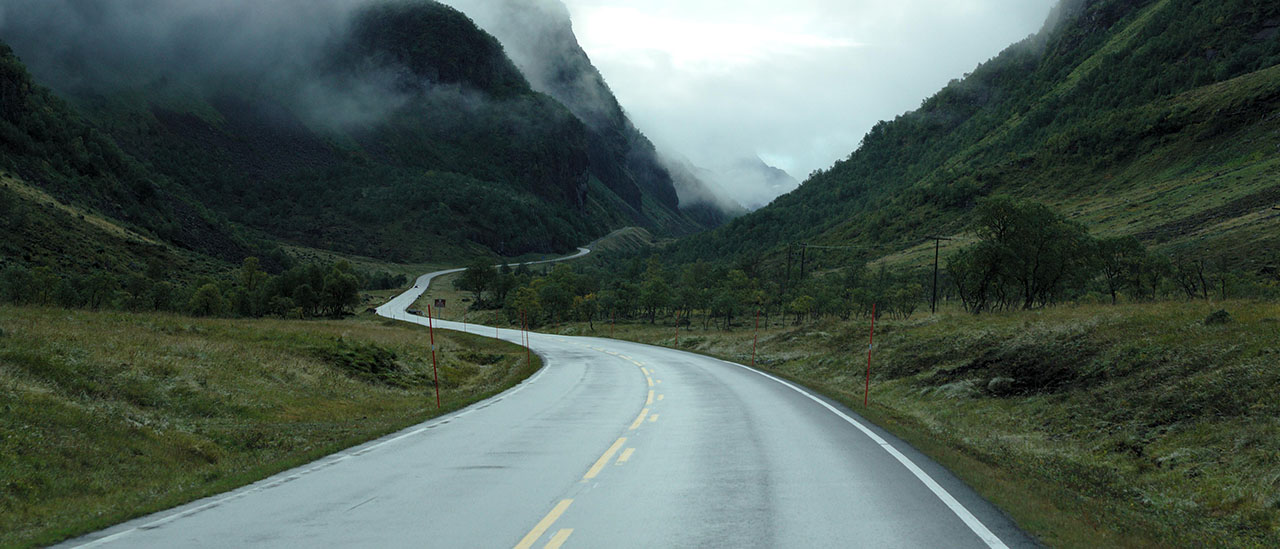Measuring the visibility of a scene for a human being needs to have a mathematical model of the human vision system.
Actually, human vision requires some compromise between measurable characteristics of image quality such as contrast, depth, and object size, so as to detect, recognize, and identify the content of collected images.
When this compromise is not met, the vision becomes very difficult, tedious or even impossible.
It is obvious that the noise in the image (electronic snow of a sensor, for example), or poor contrast (due to the presence of aerosols, fog, rain, humidity, …) may considerably lower the performance of our vision system.
We can therefore say that this « images quality » is a key point of our performance.
But we do not need the same quality to detect all types of objects. For example, we will detect a gray cloud on a gray background, even shapeless, with extremely low contrast if the luminance depth (number of bits for a digital image) is high. On the opposite, on a dark sky, we can detect a star whose contrast is extremely strong, but whose size is at the limit of our eye angular accuracy. In such a case we just need 2 luminance levels (binary images are OK).
Human vision mathematical models were originally developed by the U.S. Department of Defense who wanted to model the impact of camouflage on the probability of detection (of an infantryman, a tank, …), recognition, and identification by a watchman.
“Detection” means « I see something ».
“Recognition” means « I see a car. »
“Identification means « I see a 3 serie BMW »
Of course, it is obvious that the level of detail needed to perform these three operations is not the same.
Measurable criteria in the picture (example: Johnson criteria) could be determined after testing a variety of situations by panels of hundreds of soldiers.
Based on these criteria, it is possible to construct a mathematical model for measuring perceived quality of images. This model is predictive of the ability to detect or to understand the image content.
NEXYAD has developed such a mathematical model of human vision and applied it, among other things, to test the effectiveness of windshields wiping systems of vehicles (product : VisiNex ™) : the rain that collects on the windshield breeze down the performance of visual detection of the driver. Each pass of the wiper can restore some lost visibility.
NEXYAD is currently applying this same maths model in the context of the extent of visibility of road markings (white lines, …), depending on the weather (day / night, rain, …).
The number and scope of potential applications of such a human vision mathematical modelling system are extremely broad.

